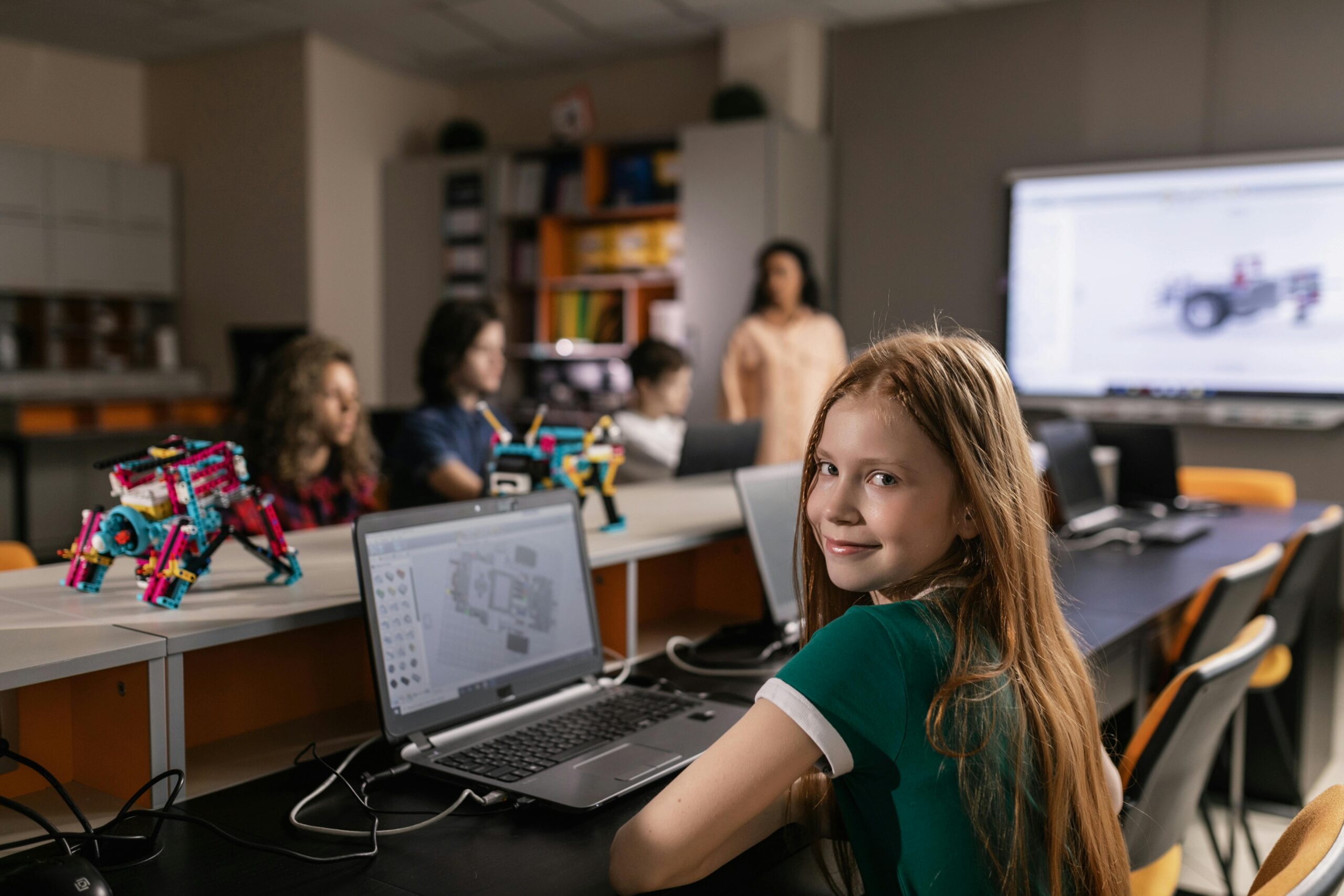
The convergence of robotics and healthcare is revolutionizing the medical landscape, offering innovative solutions to improve patient outcomes and enhance medical care delivery.
According to a report by Research and Markets, the global market for medical robots is projected to reach $16.74 billion by 2027, driven by the increasing demand for minimally invasive procedures and the need to address healthcare workforce shortages.
This statistic underscores the significant role of robotics in shaping the future of medical technology.
Robotic Surgical Systems: One of the most notable advancements in healthcare robotics is the development of robotic surgical systems, such as the da Vinci Surgical System. These systems enable surgeons to perform minimally invasive procedures with enhanced precision, dexterity, and control. By providing magnified 3D visualization and wristed instrumentation, robotic surgical systems facilitate complex surgeries with smaller incisions, reduced trauma, and faster recovery times for patients. Moreover, teleoperated robotic systems allow surgeons to perform procedures remotely, expanding access to specialized care in underserved areas.
Rehabilitation Robotics: Robotics plays a crucial role in rehabilitation therapy, helping patients regain mobility and function following injury or illness. Rehabilitation robots, such as exoskeletons and robotic prosthetics, assist patients in performing repetitive exercises, gait training, and functional tasks to improve motor skills and independence. These devices offer customizable therapy programs, real-time feedback, and data analytics to track patient progress and adjust treatment plans accordingly. Additionally, robotic assistive devices enhance the quality of life for individuals with disabilities by restoring lost capabilities and promoting social inclusion.
Robotic-Assisted Diagnostics and Imaging: In diagnostic imaging, robotics enhances the accuracy and efficiency of medical imaging procedures, such as MRI-guided interventions and robotic ultrasound. Robotic systems aid clinicians in positioning imaging probes with precision, reducing variability and enhancing image quality for diagnostic purposes. Furthermore, robotic-assisted biopsy systems enable targeted tissue sampling for accurate diagnosis and treatment planning, minimizing the need for invasive procedures and reducing patient discomfort. These innovations in robotic-assisted diagnostics contribute to earlier detection of diseases and improved patient outcomes.
Challenges and Future Directions: Despite the promising advancements, the integration of robotics into healthcare poses challenges related to cost, interoperability, regulatory approval, and the ethical implications of autonomous systems. Addressing these challenges requires collaboration among stakeholders to develop standardized protocols, ensure patient safety, and optimize the cost-effectiveness of robotic technologies. Moreover, ongoing research and development efforts are essential to harness the full potential of robotics in addressing unmet medical needs, enhancing surgical outcomes, and advancing personalized medicine.
Conclusion: In conclusion, the intersection of robotics and healthcare represents a paradigm shift in medical technology, offering transformative solutions to address healthcare challenges and improve patient care. At Coding Brains, we recognize the immense potential of robotics in revolutionizing healthcare delivery and are committed to developing innovative software solutions that support the integration and optimization of robotic technologies in medical settings. By leveraging our expertise in software development, we aim to empower healthcare providers to harness the benefits of robotics and deliver exceptional patient-centric care.


Leave a Reply